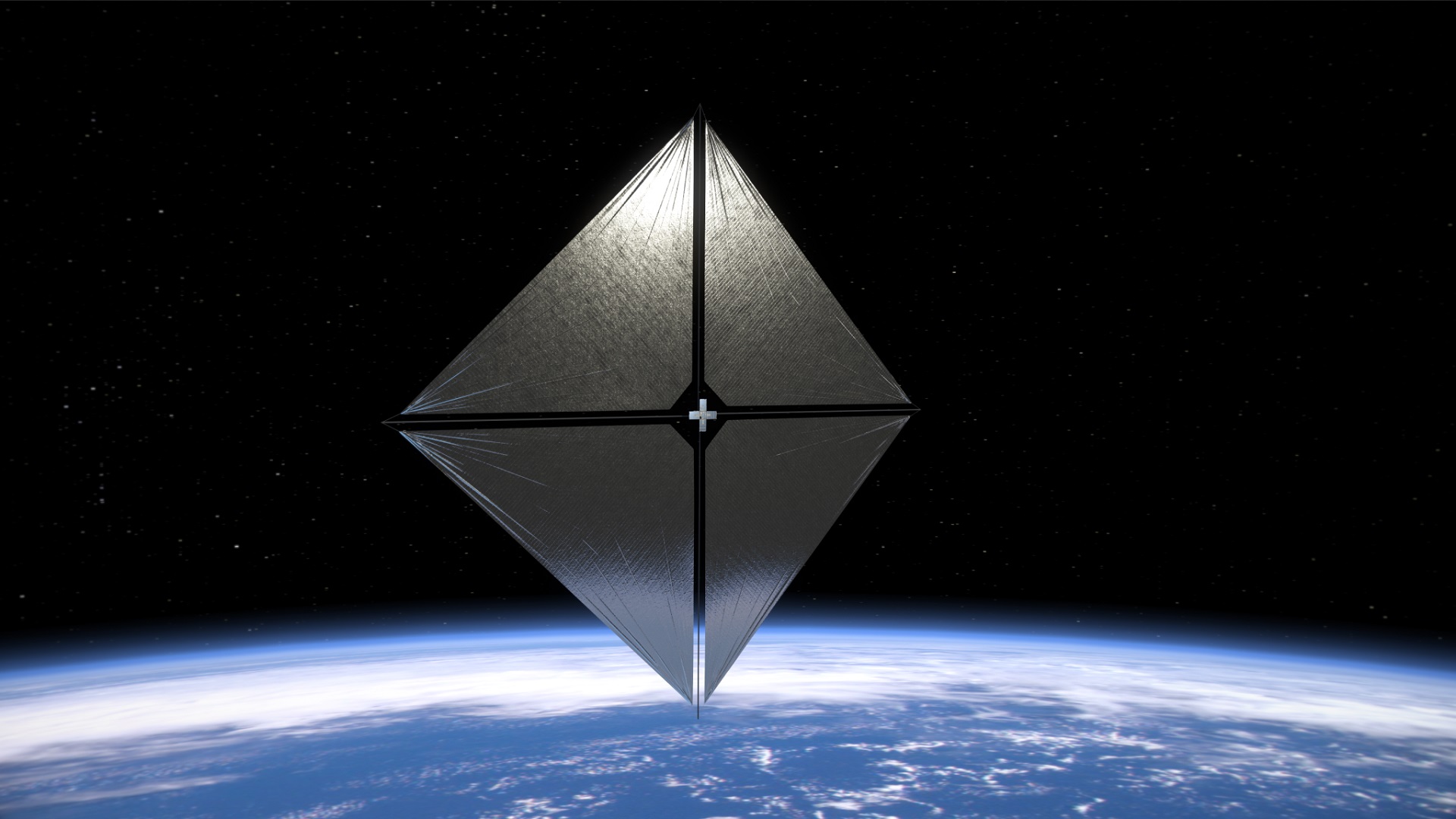The American space agency will experiment with a satellite equipped with a solar sail. A test which will last a few months and which should make it possible to glean information to consider future, more ambitious solar sails.
The launch in summary
- What ? The departure of two satellites, including a solar sail;
- When ? April 24, 2024, from 11:30 p.m. (Paris time);
- Or ? From Rocket Lab Launch Complex 1, south of the Māhia Peninsula, New Zealand;
- What will we see? The takeoff of a Rocket Lab Electron rocket.
How to see the takeoff of the solar sail?
The flight must be retransmitted by Rocket Lab. The live video will be added to the article as soon as it is available.
Advertisement
What is the mission of the ACS3 satellite?
There mission entrusted to Rocket Lab is to ensure the transport of two satellites for two different customers:
- NEONSAT-1, an Earth observation satellite equipped with a high-resolution optical camera designed to monitor natural disasters along the Korean Peninsula by combining its images with artificial intelligence. It is launched for the benefit of the Korea Advanced Institute of Science and Technology (KAIST).
- ACS3 (Advanced Composite Solar Sail System), a demonstrator dedicated to solar sail technology. This involves experimenting with materials and deployable structures to develop this type of movement for spacecraft. The American space agency (Nasa) is leading this project.
It is particularly this second satellite which attracts attention. The craft must be positioned in orbit around the Earth, at an altitude of approximately 960 km; it is double the orbit of the International Space Station (ISS), which operates at around 450 km, observes NASA. ACS3 should be operational for a few months.
As big as a microwave oven, the ACS3 satellite “ will deploy its reflective solar sail » during the spring, in order to carry out “ a series of pointing maneuvers designed to demonstrate raising and lowering the orbit, using only the pressure exerted by sunlight on the sail », Indicates the space agency.

The objective is therefore to test the performance of the machine. NASA warns, however, that it will not necessarily be spectacular: the pressure exerted by solar radiation on the sail will be modest — equivalent to the weight of a paper clip placed on the palm of the hand. In short, it will be almost imperceptible. The sail will be almost 10 meters on each side.
Advertisement
The tests should in particular highlight the ability of the solar sail to recover enough propulsive energy from the Sun's light to be able to “overcome atmospheric drag and gain altitude”, and this despite the infinitesimal force of the radiation. The measurements obtained will then make it possible to think about future solar sails.


When is the rocket launch date?
Rocket Lab is counting on a launch on Tuesday April 23, 2024, at 11:30 p.m. Paris time. With the time difference, it will already be April 24 in New Zealand.
Everything you need to know about the star of the solar system, the Sun
